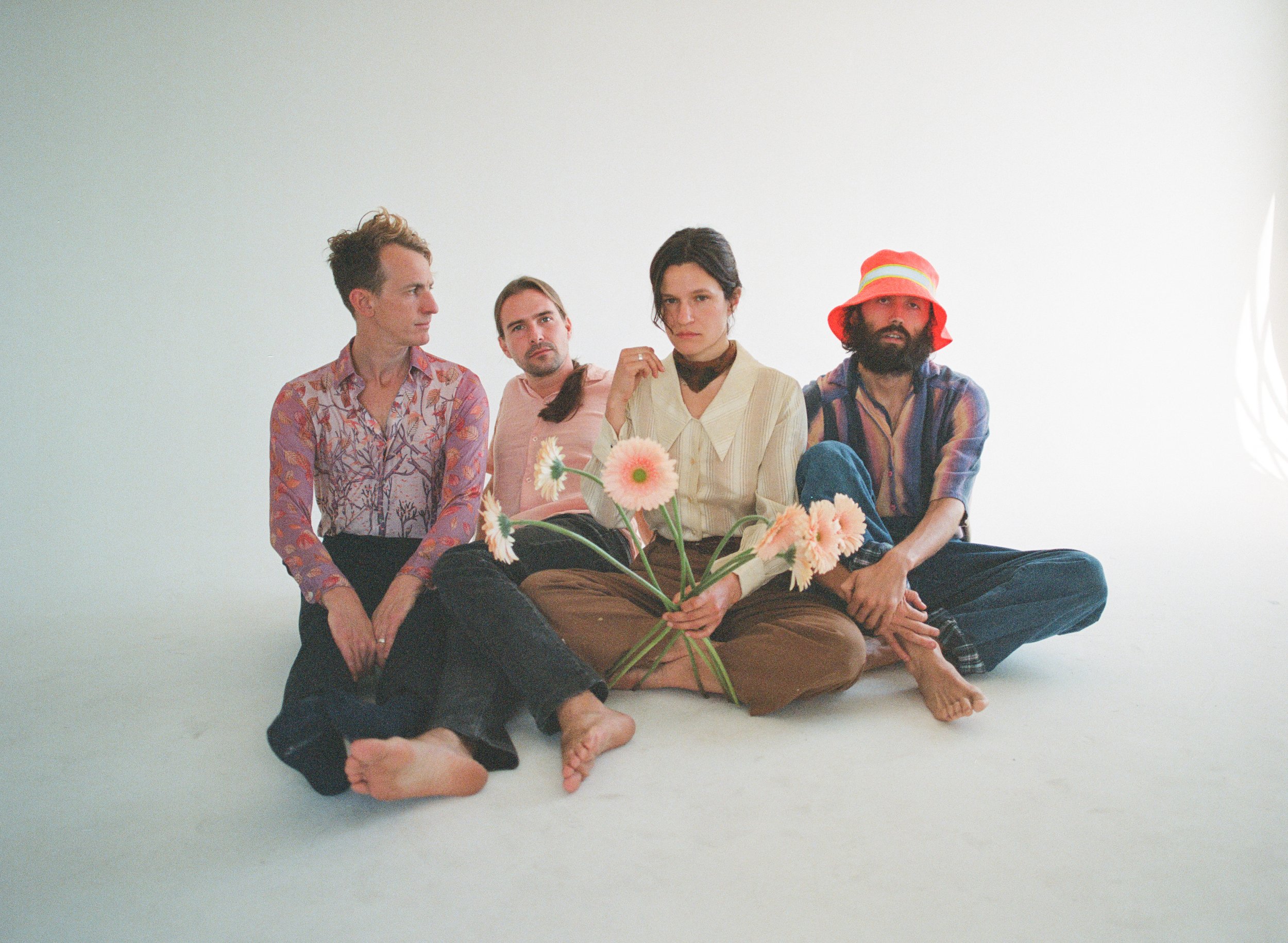Exhibition Review: Annie Leibovitz
Annie Leibovitz, 2012
© Annie Leibovitz
Written By James Hastur
Edited by Ben Blavet
The line between portraiture and fashion photography is thin, and no one balances more on that line than Annie Leibovitz. She continuously considers herself a portrait photographer rather than a fashion photographer, yet her images always have an unmistakable quality linking them to fashion photography. Her Wonderland exhibition at Hauser & Wirth Southampton, which takes its name from her first couture shoot with Vogue, shows the range of Leibovitz’s work. While many of these works may have been commissioned as fashion photography, the crux of Leibovitz’s work resides in revealing and capturing the subject, rather than simply the clothing.
In her photographs, Leibovitz uses clothing as an instrument that she bends and shapes — not as the subject itself of the photograph, but as only a piece. As with the ornate and elaborate backgrounds that she uses, the beauty of the clothes does not take away from the individual wearing them. In images such as Natalia Vodianova, Palais Garnier, Paris, 2014 and John Galliano, Paris, 2018, Leibovitz takes the ornate background and clothing and uses it to reveal more about the individuals she photographs. Galliano, well known in the 2000s for his loud and theatrical persona, sits in a tub in a heavily decorated bathroom with only his profile and arms visible to the viewer, revealing as much about him as any studio portrait could. Vodianova stands on top of the Palais Garnier, or the Paris Opera House, as wind blows through her Donna Karan silk dress, triumphantly posing in front of a large 19th-century Pegasus sculpture.
Nonetheless, Leibovitz doesn’t shy away from studio photography and more intimate scenarios. Her portrait of Kate Moss and Johnny Depp laying on a bed — Moss nude, covered only by the fully clothed Depp who sleeps on top of her — gives an insight into the relationship
Annie Leibovitz, Kate Moss, Paris, 1999, 2021, Archival pigment print, Edition of 8, 81.3 x 97.2 cm / 32 x 38 1/4 in, 83.2 x 98.9 x 3.8 cm / 32 3/4 x 38 7/8 x 1 1/2 inches (framed), © Annie Leibovitz, Courtesy the artist and Hauser & Wirth
and personality of both her subjects. Where traditional fashion photography seems to be missing, its absence reveals as much as a fashion photograph ever could. Depp’s eyes are closed and away from the camera while Moss looks directly at the lens, showing even more of Leibovitz’s mastery of portraiture and direction.
A unique component that this exhibition highlights is not just Leibovitz’s portraiture, but also other images that work in tandem with her fashion and portrait photography. Seemingly out of place at first, her work cataloguing specimens studied by Charles Darwin parallels different ways she contorts the subjects of her portraits. The juxtaposition of these two bodies of work reveals a connection between the animate and the inanimate: humanity’s connection to nature.
Annie Leibovitz: Wonderland is on view at Hauser & Wirth Southampton through Dec. 23.
Annie Leibovitz, Sean Combs and Kate Moss, Hyatt Hotel, Paris, 1999, 2021, Archival pigment print, Edition of 8, 81.3 x 116.4 cm / 32 x 45 7/8 in, 83.3 x 118.4 x 3.8 cm / 32 3/4 x 46 5/8 x 1 1/2 in (framed), © Annie Leibovitz, Courtesy the artist and Hauser & Wirth










